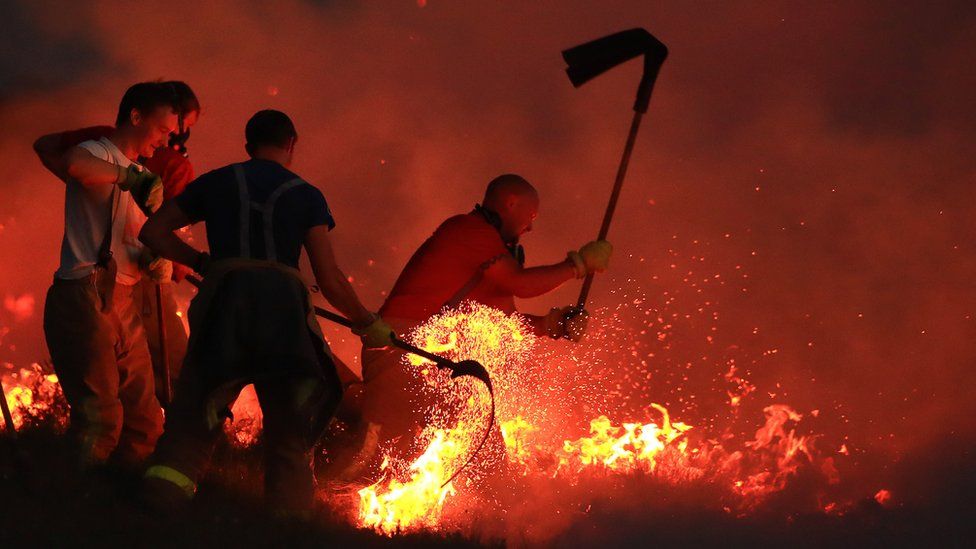Protecting and restoring meadows and grasslands is essential to the fight against climate change. Grasslands sequester carbon, enhance biodiversity and contribute hugely to the beauty of our natural environment. Tell the UK government to make meadows a priority at the COP26 climate conference.
In November of this year, world leaders will meet at COP26 in Glasgow to discuss the single most pressing issue facing the planet - climate change.
Species-rich grasslands offer ways of reducing the impact of greenhouse gases that cause climate change. Protecting and enhancing grasslands, savannahs, plains, heaths, steppes and meadows must be part of both the discussions and the outcomes of COP26.
Despite their crucial importance, in the last 100 years, the UK alone has lost 97% of its meadows and other species-rich grasslands. Grassland maintenance and restoration are critical to delivering the Government’s commitments to net zero emissions, nature’s recovery and sustainable food production. Farmers and other land managers are amongst the key stakeholders to unlocking this solution, to benefit all, but they need support to do so. There is a huge leadership opportunity here.
Wild flowers , plants and fungi are the life support for all our wildlife and their colour and character light up our landscapes. But without our help , this priceless natural heritage is in danger of being lost.
From the open spaces of our nature reserves to the corridors of government , we work nationally and internationally to raise their profile, celebrate their beauty, and to protect their future.
****************************************
I fully support this campaign by Plantlife.
Close to where we live in Somerset there are two meadows designated as Local Wildlife Sites and they both qualify as priceless natural heritage but are vulnerable to housing development!!!


